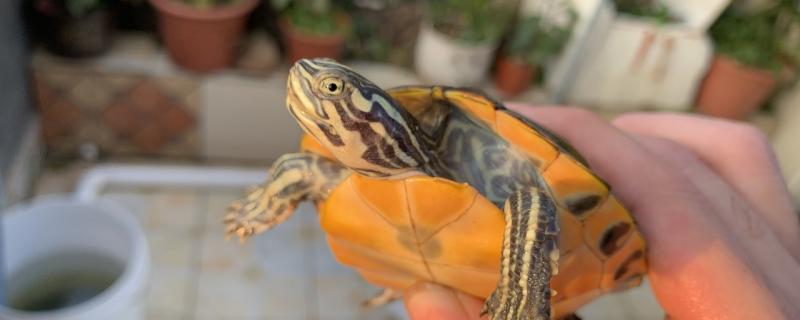 1. What does the flame turtle look like
1. What does the flame turtle look like The flame turtle is not outstanding in its infancy. The color of their infancy carapace is yellow and green, and the color of their limbs is black or olive. But a few months after they are born, they will start to develop color. After their hair color is successful, the color of their carapace will turn into black and red, which looks like a flame from a distance. When they mature, the color of abdominal nails is mostly yellow or reddish brown, and there are many irregular patterns on abdominal nails. Their limbs will appear yellow stripes as adults. Male turtles have longer front paws and tails, while female turtles have shorter front paws and tails although they are larger.
2. How to raise flame turtles1. Container: Flame turtles are lively, and breeders need to prepare a larger container for them to ensure sufficient space for their activities. If the container is large, the breeder can build a balcony for them, so that they can have a place to rest and bask in the sun.
2. Feeding: Flame tortoises are omnivorous animals, and they can be fed more animal feed in their infancy. They prefer small fish, shrimp, snails, tadpoles, loaches and so on. When they grow up, their eating habits will be vegetarian, and they mainly like to eat duckweed and algae. Breeders can feed more vegetables and fruits.
3. Environment: Flame turtles have low requirements on living environment, and breeders only need to ensure clean and fresh water quality, so that they can live normally. Their favorite water temperature is between 23-30 ℃, and breeders can keep the water temperature in this range at ordinary times.